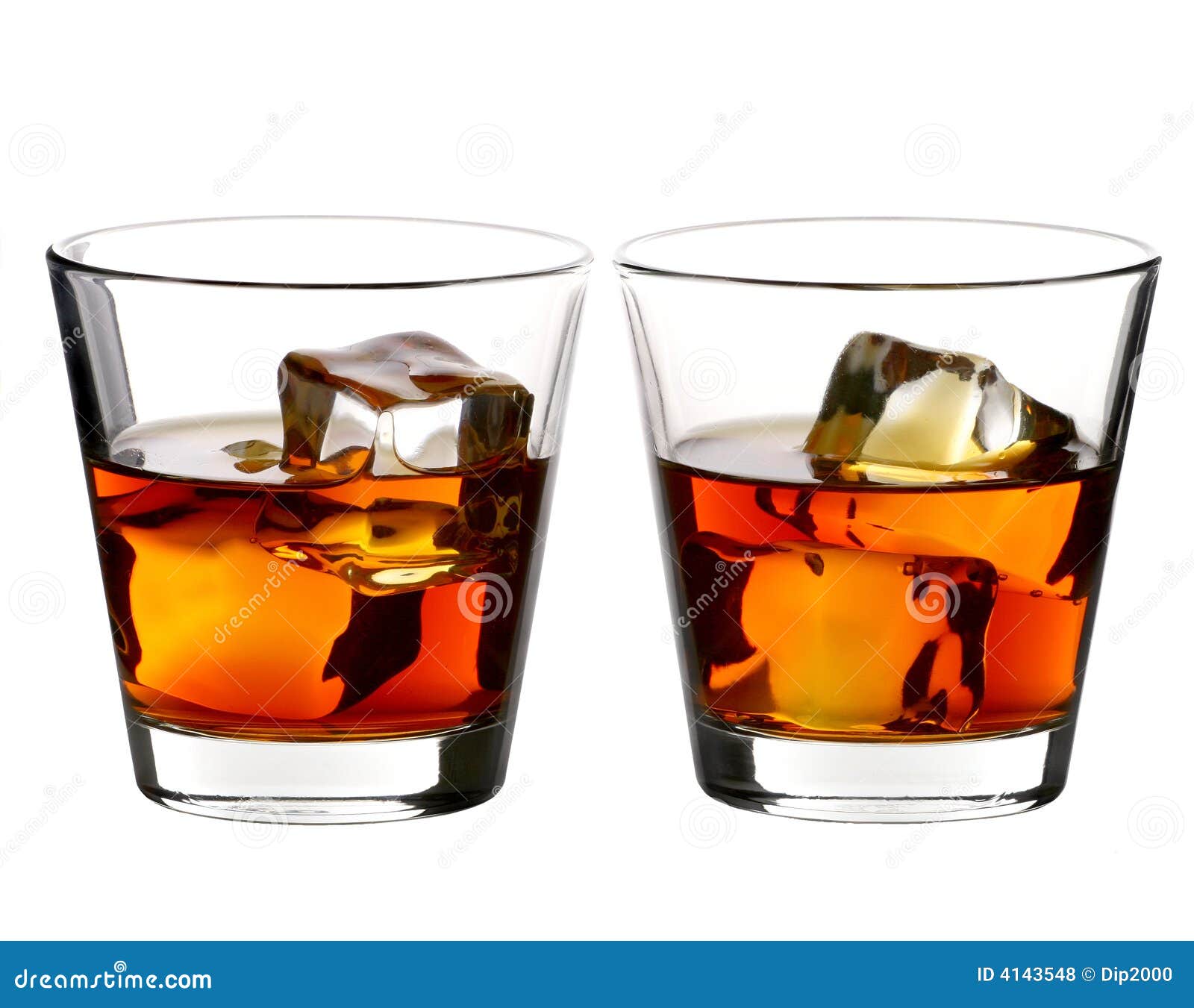- Joined
- Sep 11, 2017
- Posts
- 1,311
Less edge will enable you to skid down the fall line without going forward. Skidding is friction, which slows you down.
But even better, go try it.
Think of carving arc-2-arc versus short radius turns in moguls. Although many may not realize it, it is dragging your edges through the snow that slows you down. Arc-2-Arc carving takes your velocity and changes the direction while losing as little speed as possible. Now consider soft snow with continuum between pure carving on the base and smearing. Too much edge angle brings you closer to just changing direction with almost no speed loss, versus dragging your edges through the snow and losing speed.
Both the above is basically what Im saying when I mention a combo of skid/carve on steeper slope. I really didn't think there was another way to slow down. I mean to me this seems normal or common. But is that all the OP was truly getting at? Slowing down doesn't mean going across as that is just a direction change. That even holds true for one at the early stages who is still somewhat snow plowing. Except of course when in that pizza position both skis are indeed skidding all the time and so going across does work better. Slowing down actually means moving slower. In order to do that, some amount of skidding or hockey stopping would need to be incorporated into the turn. Although technically if we hypothetically had enough width and we kept going across we would eventually slow down. Hence why the pizza plower at his already slower speed and with the constant skidding can slow down quite a bit.
The Op mentions thigh burn. Im not really sure how you apply some skidding friction without also using the legs to absorb a chunk of that. If one skids enough to create enough friction, the legs are going to feel that imo either way. If not creating enough friction in the skid for the legs to feel, then we probably not slowing down much.
That's one the things that can seem confusing about it all.
In an nut shell,....it seems what being discussed is pure clean carving vs incorporating sliding/skid (or not) into it in order to control speed. The pure carve is going to keep or even increase speed unless the width is so very wide and outside of that will certainly burn the legs if we try to go even deeper on edge and yet never really slow us down. The partial carve/skid is going to also burn the thighs imo especially if we are using some sort of small partial hockeystops. Of course the partial hockey stops can also lead one to hop over which is another way to burn the thighs...lol yet not necessarily slow down much. . In the end it seems the easiest way to control descent speed is to combo the carve with the skid at different percentages for the desired speed.
If that is basically what the OP is suggesting Im kind of surprised most would not already know this or at least be doing it even if unknowingly. It makes me wonder or question if what he is describing has a lot more to it than simply this or that what we are saying is not the same thing that he was trying to get across to us.
Last edited:

